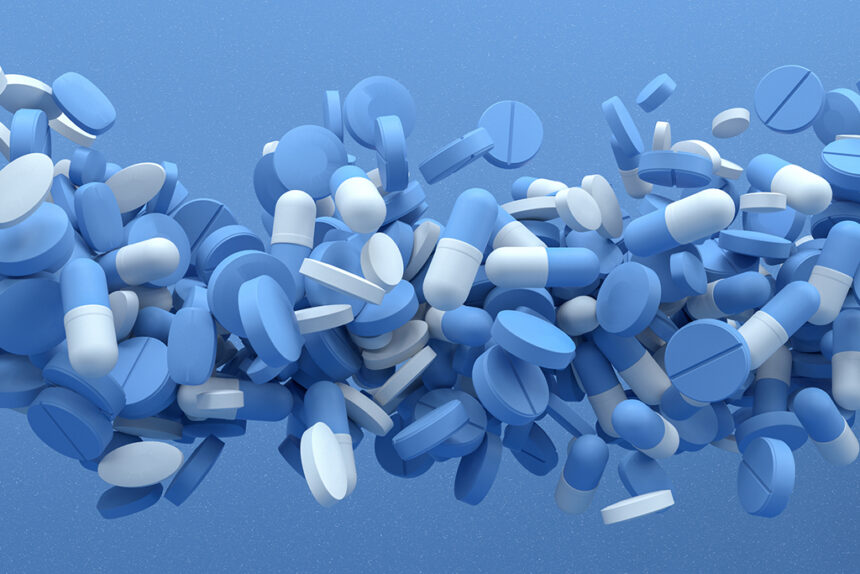After surging during the early days of the COVID-19 pandemic, pharma’s reputation has since fluctuated a bit, dropping to pre-pandemic levels in early 2023.
Throughout that time, marketers have learned that a one-size-fits-all approach isn’t necessarily a solution for reputation management among healthcare brands, according to a recent report from Real Chemistry.
The survey examined responses from 1,000 consumers and 500 healthcare professionals (HCP) to determine the key drivers in healthcare brands’ reputations.
The first key driver is the need for brand leaders to understand four distinct audiences within the healthcare realm — as well as the attitudes and perceptions of each.
Those audiences include consumers and caregivers, HCPs and scientific researchers, industry professionals and investors — as well as media executives and journalists. Each of those audiences take different factors into account when deeming the reputation of a pharma or healthcare brand.
The report added that each of these segments values different things when forming opinions about healthcare products and companies. Additionally, each group has different tools to further influence perception and product performance.
“Too many of today’s reputation measurement and management offerings treat healthcare brands just like any others — missing critical nuances in audience segments, baseline expectations and reputation drivers,” wrote Meredith Owen, practice leader of Real Chemistry’s integrated intelligence group, as well as Katy Hagert, senior group director of the group, in a LinkedIn post.
The two note that reputation management programs should aim to understand each of these distinct audiences so they can better tailor content to them.
The second key driver is around product safety and efficacy as a major aspect of brand reputation.
The survey found that both consumers and HCPs reported “safe and effective products and services” as the most important factor that impacts reputation. Notably, safety and efficacy were far more important to consumers and HCPs than trustworthiness or even promising pipelines.
Still, Owen and Hagert argue that it’s only on the margins where safety and efficacy can have out-sized reputational influence.
In other words, they tend to have a greater impact on brand reputation either when things go amazingly well — or, on the flip side, horribly wrong (like “buzz around unexpected adverse events,” they wrote). In order to manage this aspect of reputation, communication leaders have to be prepared to act quickly.
Thirdly, consumers tend to view healthcare brand reputations through how they’re behaving in the here and now, compared to HCPs, who define reputation based on future innovation and impact.
Patients and the general public were more likely to rank trustworthiness, affordability and accessibility of products and services as well as the level of “patient-focused” care high on the list of reputation drivers. This group ranked promising drug pipelines, groundbreaking products and services, and advances in health equity ranked lower on the list.
Interestingly, some of those rankings were flipped for HCPs, who placed promising pipelines as highest next to safety and efficacy. HCPs also listed cutting-edge medicines, groundbreaking products and services, and a demonstration of integrity and high ethical standards as highest.
“[T]hese rankings seem to suggest that HCPs narrowly view a company’s reputation through the lens of its products and their clinical impact on patients, while consumers evaluate healthcare companies more holistically — taking into account anything else the company may do (or not do) to help patients get the maximum benefit from those products,” the authors wrote.
Going forward, brands can learn to maximize the reputational impact of such narratives depending on their audience. Marketers should remember that product perceptions and reputations can significantly impact overall company or brand reputation, particularly in healthcare.
“Especially in large and siloed organizations, brand teams and corporate communications teams must work collaboratively to ensure all reputation initiatives are aligned and synergistic,” the authors concluded. “By understanding and messaging to each healthcare audience segment — and working more intentionally across product portfolios — companies can develop and amplify cohesive narratives with maximum reputation impact.”







